Scrolling through my photo library, I am reminded of moments big and small that I’d love to scrapbook. For any memory keeper, there’s no shortages of pages to make and projects to complete. The only real limitation is time.
But no matter how many productivity hacks you implement, there’s simply a finite amount of it. In The Accidental Creative, Todd Henry says that “in order to really thrive, you need to shake yourself of our collective obsession with time efficiency and learn instead to focus on effectiveness.”
Thus, faced with an increasing quantity of photographs, our only choice is to be selective. It’s not about scrapbooking faster or with more skill. We simply cannot scrapbook it all.
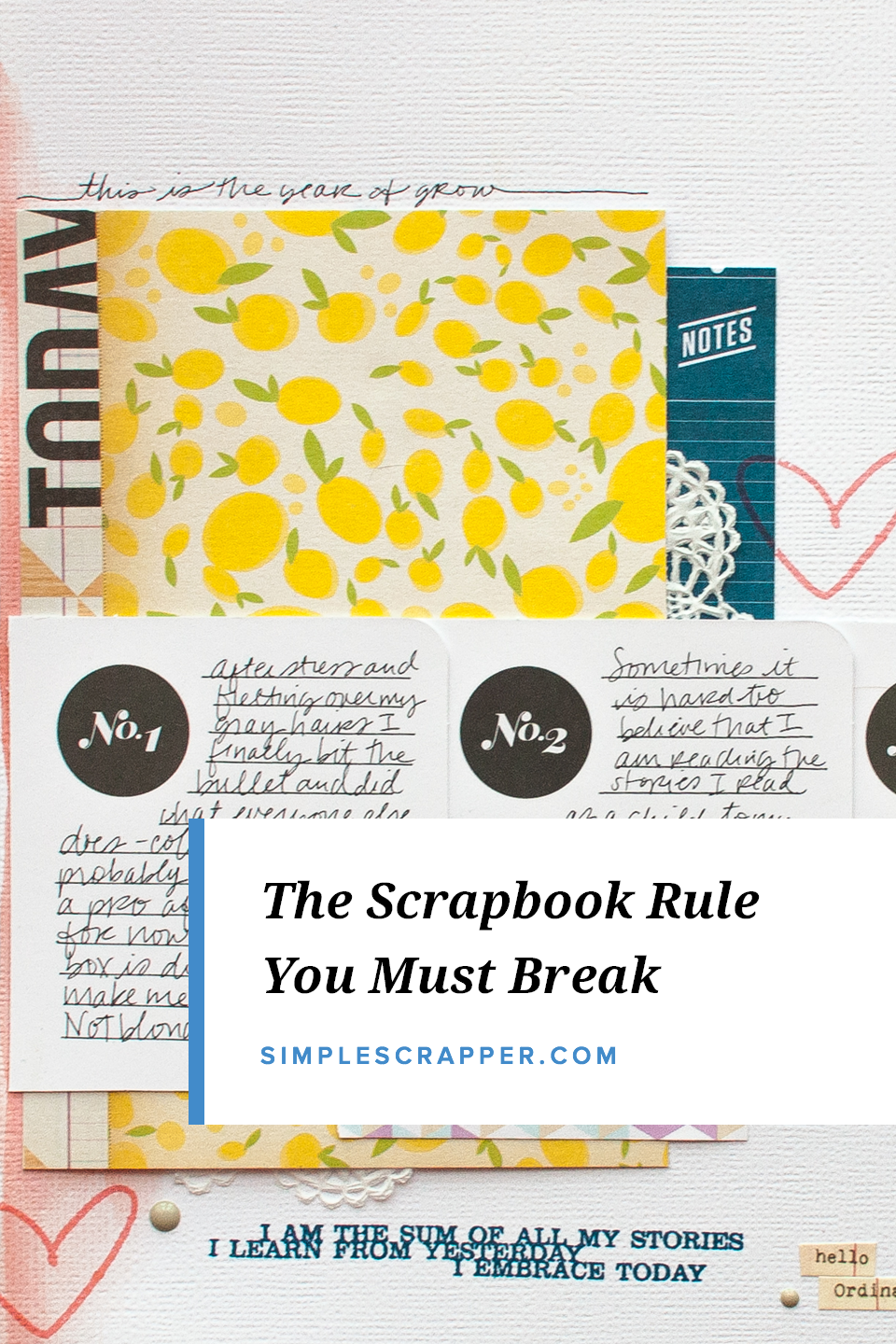
You’ve heard this before, I’m sure. As a community we’ve made progress over the past decade on embracing this concept, at least outwardly. Our brains can rationalize why you must pick and choose, but our hearts long for completion. The “rule” that you must scrapbook it all is as much as natural desire as it is a norm.
This stuff matters and we deeply feel, perhaps even a grief, for the stories that will go untold. Even those who have embraced simple solutions want to feel closure on each year, that you did it justice. I believe it’s possible to achieve that satisfaction while also accepting the reality of the modern world.
We Are 21st-Century Impressionists
The 19th century art movement that included Monet, Degas, and others sought to paint the world as if you only caught a glimpse. They emphasized light and life right now, in a single moment. They were considered radicals.
I believe scrapbookers should wear the hat of modern-day impressionist, painting a picture of our life with broad strokes. We can’t document it all, so instead let’s offer a glimpse that captures not only the facts but the feelings.
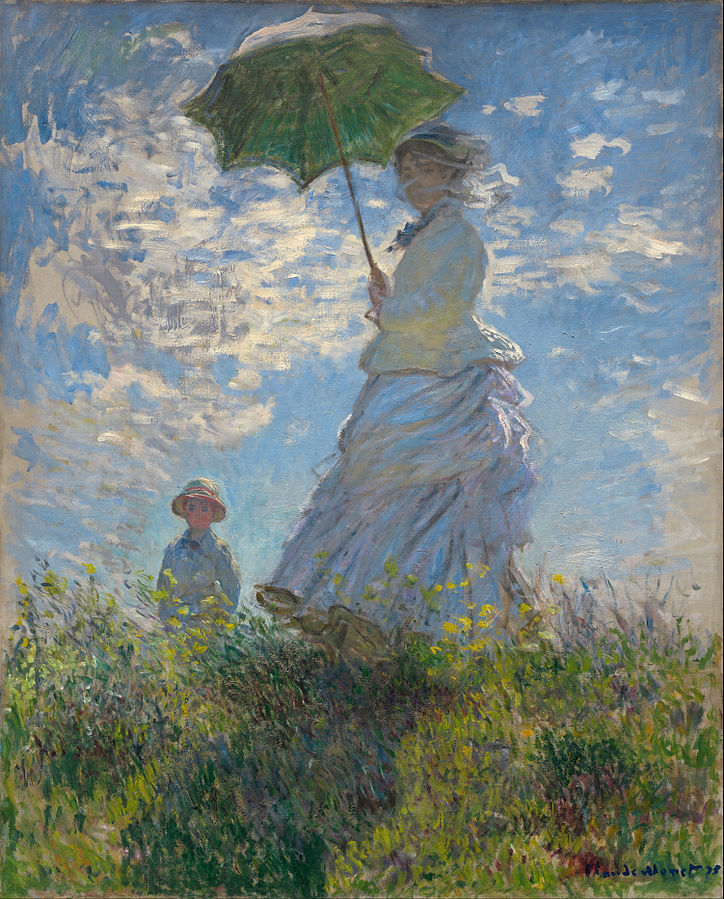
Woman with a Parasol by Claude Monet
Let’s create simply so as to most effectively capture what’s real and true. Impressionist scrapbooking looks like:
- Leaning on the skills you have to create with ease.
- Embracing your handwriting with every imperfection.
- Choosing just one or two photos to represent a memory.
- Not making a project more complicated than necessary.
- Thinking about why this particular story is significant.
- Knowing when to let a photograph be what it is.
- Relying on tried-and-true techniques and supplies.
The #1 Trick to Not Feeling Guilty
“OK, that sounds easy enough,” you say, “but how do I actually eliminate that nagging desire to feel caught up?”
Whether you’re just beginning to embrace this mindset or are a seasoned pro, feelings of guilt will almost certainly arise. This desire to document life in a complete way is natural. So my answer to you is “Actually, you don’t!”
Yet the impracticality of scrapbooking every photo means choices must be made. The trick is in choosing projects, formats, and approaches that help you feel more caught up. This is what scrapbooking the Simple Scrapper way is all about.
When you choose the one or two photos for a layout, you can pair it with a longer paragraph or page of journaling to add details. You can even add an insert or a second page that includes a photo collage.
When you choose to frame your favorite photo of a child, you can celebrate that memory each and every day without feeling challenged to create a layout that measures up.
When you choose to create a photo book for a vacation instead of a traditional album, you can offer the reader a visual tour of your entire experience that captures the core meaning.
Our hearts will consistently pull us towards more, but we can meet that yearning with solutions. We can lean into authenticity to create with more meaning and make conscious choices that will help us get the most important stories told.
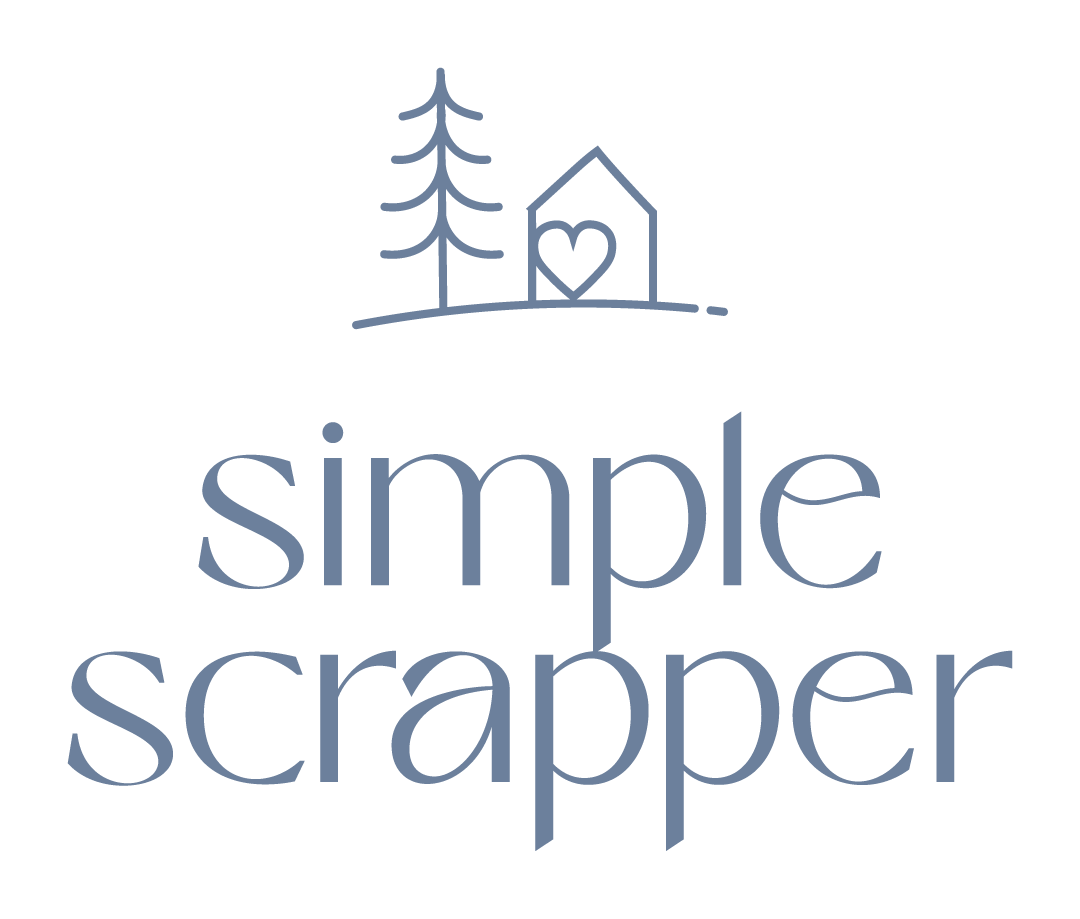
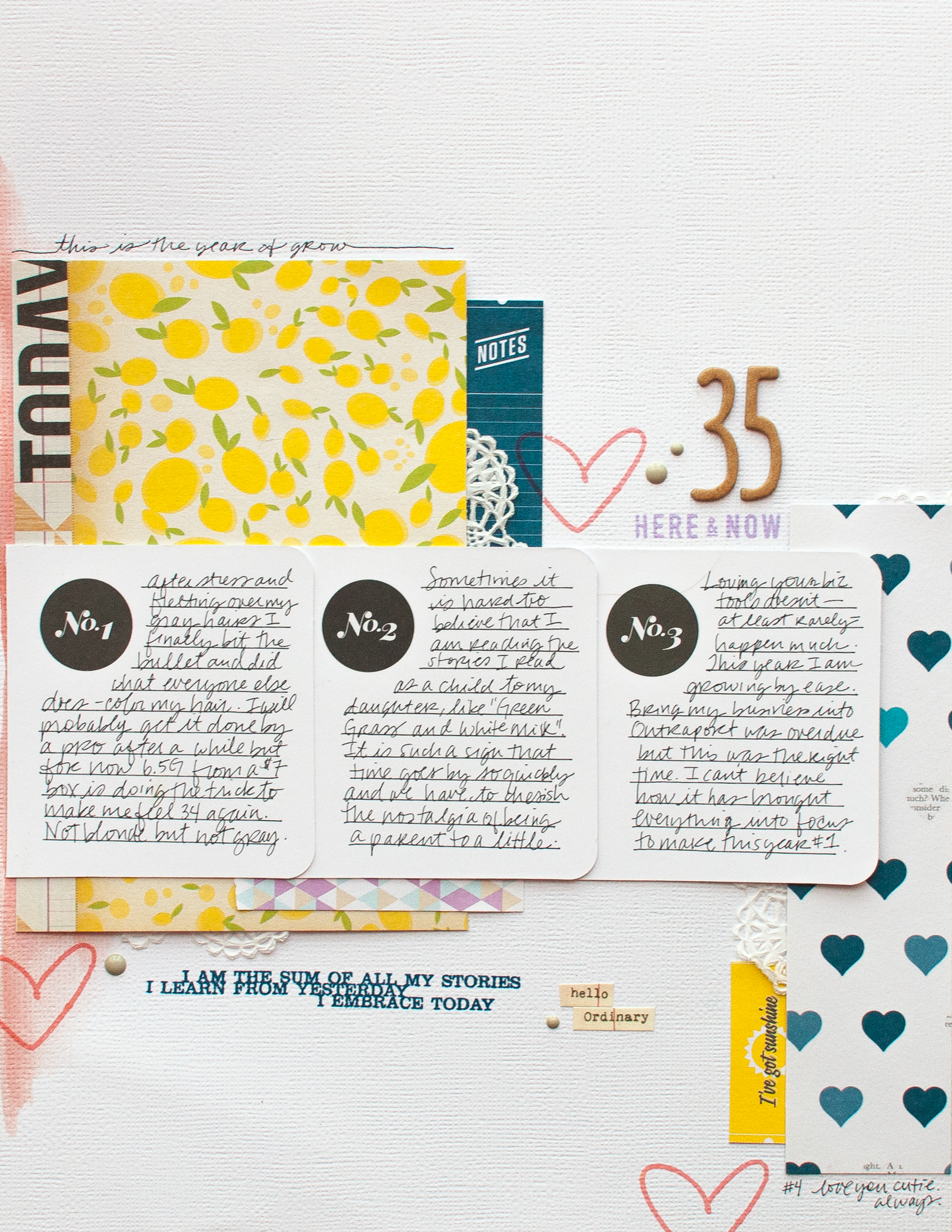
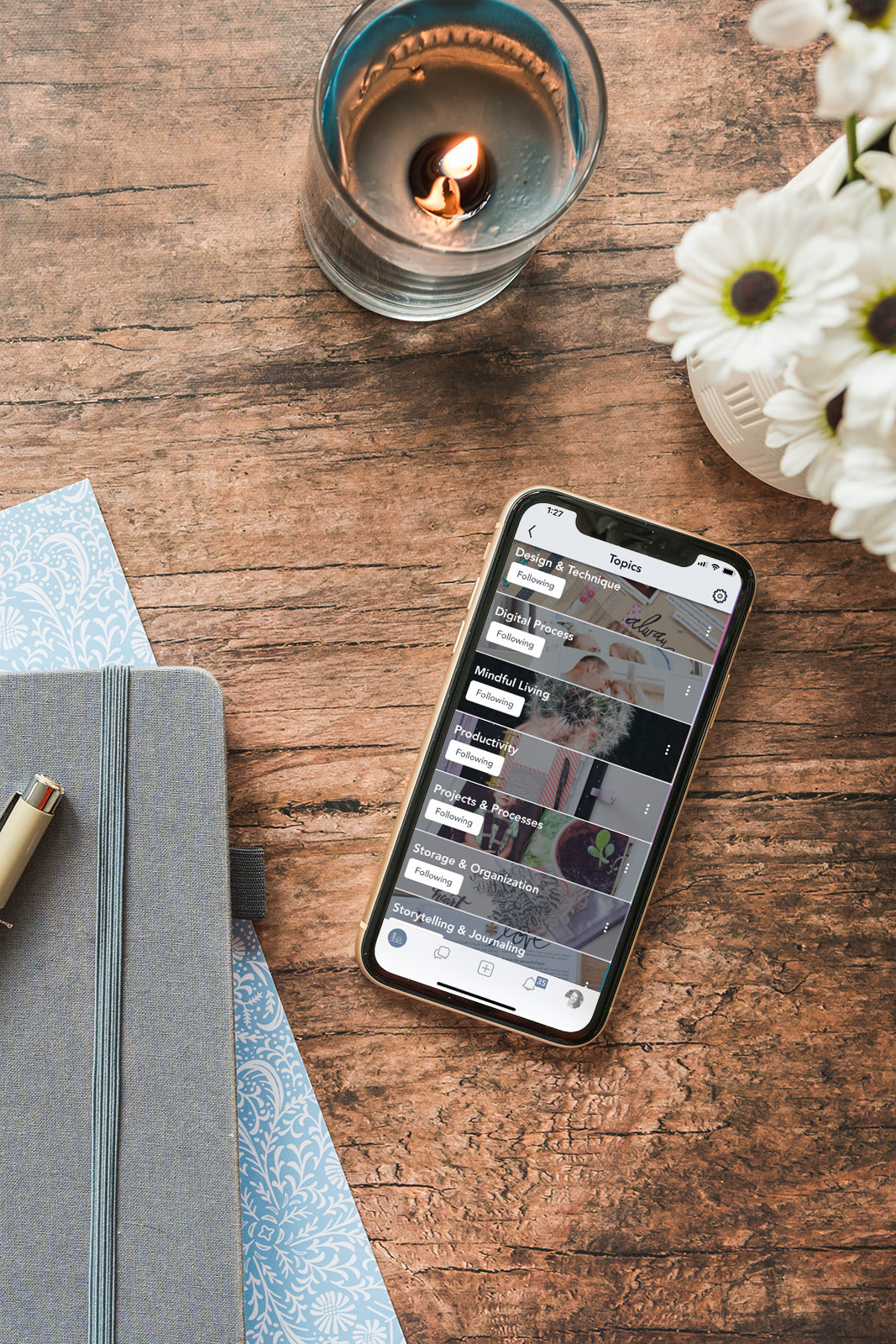
Absolutely essential advice! I took stock of 70 years of photos and knew I didn’t have time or energy to “finish” and live out the rest of my life. So I organized, catalogued so I could get back to them if I had a story idea and simplified my PL current process so I could do “stories” that I want to tell my grandchildren about how I became who I am and how their dad became who he is. It relieved that pressure and I love the pages — I use new techniques and try out color schemes — they’re truly “art” to me. I’m an artist!!
Beautifully said. I am so thrilled that this has given you the mental freedom to have more fun in your process!
This is very difficult and I have found this to be a huge help: I sort my pictures by event in each year, label them so it’s easy to find what you’re after. Then when I’m ready to scrap I take the “packet of pics” (I’ll use Christmas here) and sort thru those taking out my most favorite ones and then if there’s too many I decide just how many pics I just have to use then work on those. The other pics go back in packet for maybe another time or to pass on to a family member. That way you’ve got at least a couple of pages showing the best of the best of that subject. Should you decide to do more then you just do the same and add them to your existing album or create a whole new one to pass on or keep. This way I feel like I’ve at least got part of it done and I keep in mind that life is a work in progress and so is my scrapping and you have a sense of accomplishment even if you didn’t use all your pics!
I love this approach. I love the idea of “should you decide to do more” because saying no right now doesn’t mean never! Thanks so much for sharing.
I have finally accepted that I don’t need nor want to ‘make’ something with the 100’s of photos I keep. I know that living in the electronic/digital age means I snap/click many more photos than I would have using my 35mm camera.
My bigger problem is figuring out what to do with the 100’s of photos I inherited from my Mom when she passed away 10 yrs ago. She was a memory keeper in her own way — writing on calendars (now called planners I guess); using a Kodak camera and sending the film away for processing and waiting 2 wks to get the pictures. Most of her photos are in albums and many of those albums are the ones with the sticky transparent page that lifts up and the photos go behind it. Some of the photos are turning yellow; they are begging for me to do something with them. But what? maybe put them all in new albums. Try to make decisions about ones that really deserve a scrapbook album for all family to appreciate. Questions?????
In my experience it can be very difficult to remove photos from magnetic pages once they have started to degrade. It can work well to scan the page whole and then crop each individual photo. If you don’t have access to a scanner that would work for that, there are smartphone apps that serve the same purpose and automatically detect the photos and correct any distortion.
In sum I would focus on digitizing over putting those images into new albums. A scan will also give you a copy of the image with the degradation locked, whereas the originals will likely still degrade further in a new album.
There is a product out there, I’ve used it before, that will remove the photos from the albums that are sticky. Sometimes just rubbing alcohol will work too. It can be done without damaging them.
I have used a product called UnDU to remove all my Mom’s old sticky album pictures. You can even get it on photo’s and it won’t ruin them at all.I love this stuff for even unsticking stickers because it even lets me re stick to another place. No, I don’t work or know anyone from this company. I just like this product and I’m trying to help
I put my album pages in our freezer for a few hours and they popped right out. Anything that stuck I put back in the freezer. Sounds weird but it worked for me. Good luck!
Great tip Jen, thanks!
You can try dental floss along the edges of those photos too. I have found it lifts them without wrecking them.
Great post Jennifer!
xoxo thanks Gab!
Thank you for the insight Jennifer. Looking forward to reading your new book. Go girl!
Looking forward to reading your book when it comes out, Jennifer!
I am looking forward to your book- I have a feeling it will be awesome. Thanks for sharing your wisdom.